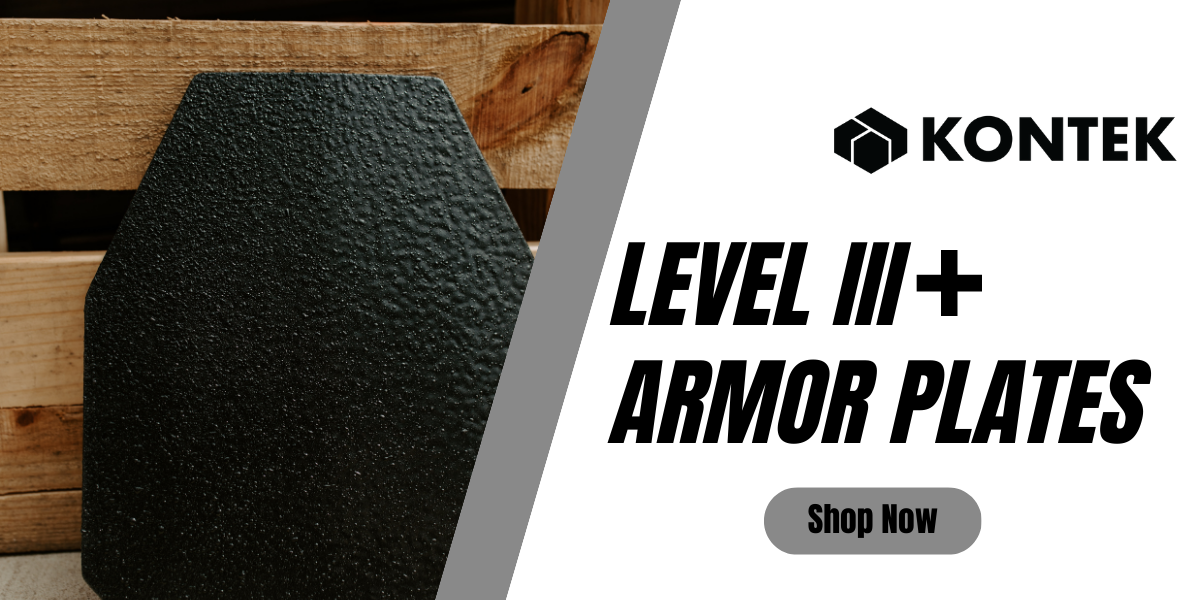.png?width=1280&name=Untitled%20design%20(21).png)
Understanding the meaning of NIJ levels is essential as some have major differences compared to others in terms of protection, weight, velocity, and material. NIJ levels provide a clear indication of what the armor protects against and who could be best suited to apply it. NIJ has become a notable acronym in the industry, but what does it stand for? What does it mean? What does NIJ have to do with you purchasing body armor?
The Meaning of NIJ
NIJ stands for the National Institute of Justice, and they serve as the research, development, and evaluation agency of the United States. This institution’s purpose is to focus on enhancing the administration of justice and public safety. They accomplish that by advancing technology specifically for the use of criminal justice such as with law enforcement, forensics, and related social science research. Most of the research is orchestrated by partnering with state and local governments as well as providing grants to research organizations and academic institutions.
How NIJ Applies to Body Armor
The NIJ has been establishing body armor standards for the past 40 years. They set these standards by researching and testing the limitations of body armor in terms of how well the armor can resist different levels of ammunition. The NIJ helps classify body armor by levels of performance while ensuring that the commonality of all levels is that each can keep bullets from perforating the vest and each level can protect against blunt trauma.
The NIJ standard is the only one that is nationally recognized and accepted for the body armor worn by police and corrections officers. The levels of protection are ranked I-IV from lowest to highest. The most commonly known levels include level IIA, II, IIIA, III, III+, and IV body armor. Each level can protect from its own range of bullets as well as those from lower levels.
NIJ Levels
The original NIJ level is level I and it was created in the 1970s but has become obsolete over time. Levels II and IIA are the lightest and most flexible armor and are valued because of the way they can be concealed beneath clothing. Level II is more up to date than IIA armor as it can provide more protection while still maintaining a considerably light weight. Level IIIA is among the most commonly used armor as it can protect against .44 magnum rounds while still being concealable.
Level III and III+ are much heavier and are not considered to be soft armor, but they protect against rifle rounds. It should be noted that Level III+ isn’t an official NIJ rating. Still, it is often specified to represent armor that can offer the same amount of protection as level III while also being able to handle additional threats like M193 or M855 bullets. Level IV is the highest level of protection within NIJ standards and is best suited for those likely to encounter the danger of .30 caliber armor-piercing rounds.
Contact Kontek Industries
If you are in need of an affordable NIJ-certified plate for an active shooter response kit, for an emergency responder kit, or if you are looking for a certified plate at a great price point, the Raider line of armor from Kontek will meet your mission needs. Kontek’s Raider plate set includes NIJ-III certified and NIJ-III+ tested ballistic plates for body armor that are best suited for law enforcement, security, and civilian markets.
We also have partnerships with Armor Express Body Armor and BlueRidge Armor to help provide you with a wider variety of options to consider when making a purchase. Armor Express helps us deliver a more holistic array of ballistic protection kits to our core clients in nuclear and DOE security as well as law enforcement. BlueRidge Armor offers custom armor and protective equipment design services to agencies with specialized operational and tactical requirements.
Contact the office at Kontek Industries today to discuss your body armor needs.

